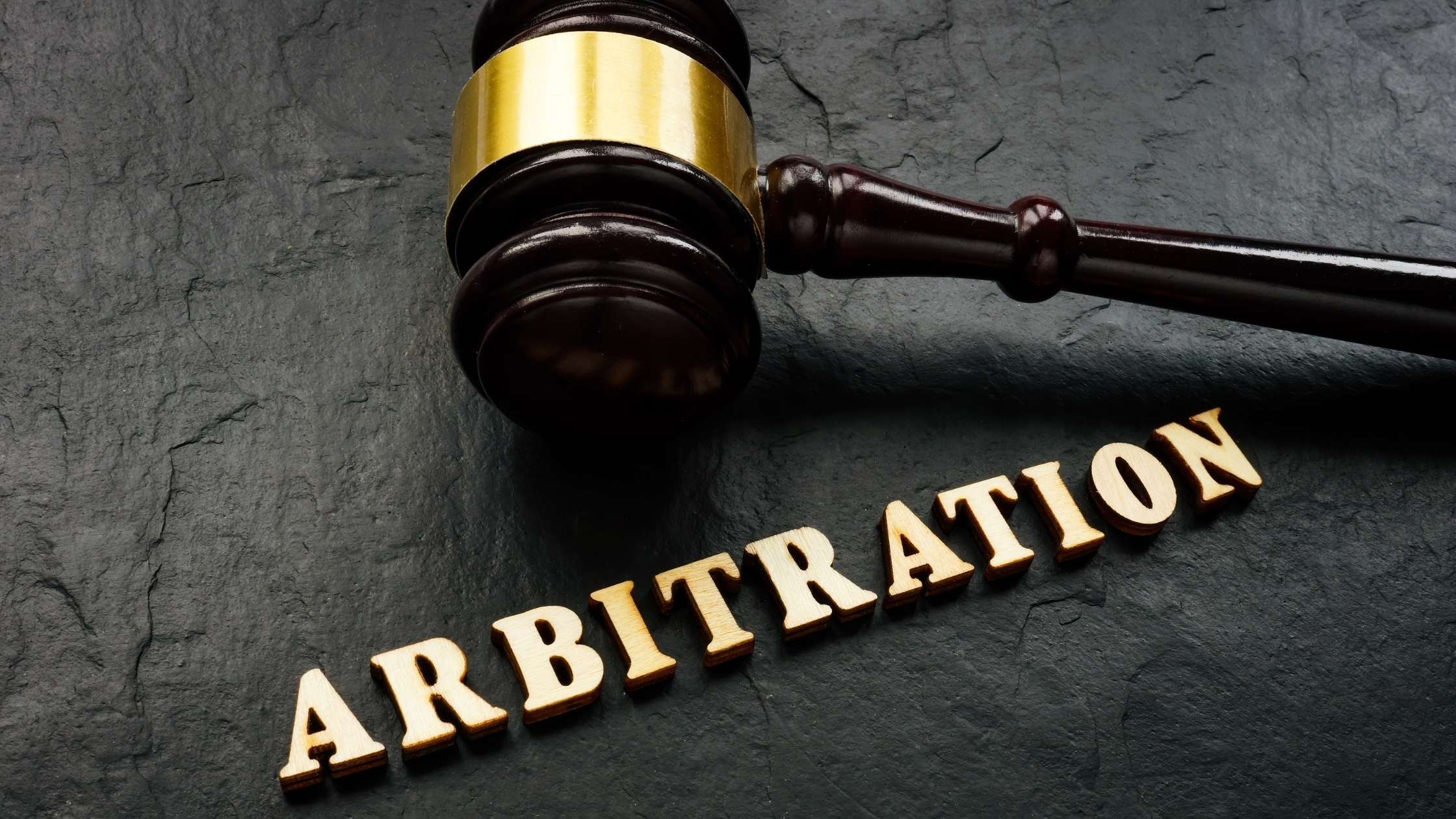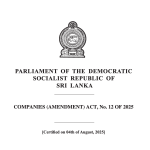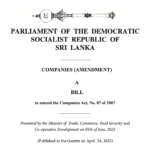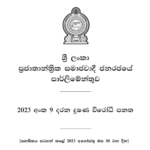Arbitration, as a dispute resolution mechanism, is often hailed for its flexibility and enforceability. However, its effectiveness under the Arbitration Act No. 11 of 1995 in Sri Lanka has come under scrutiny. This analysis examines the intent, application, and perceived shortcomings of the Act while offering a roadmap for improvement.
Historical Context
Sri Lanka boasts a rich tradition of dispute resolution, tracing back 2,500 years to village councils. The concept of modern arbitration was introduced during British rule, complementing the Roman Dutch Law. Before the enactment of the Arbitration Act in 1995, arbitration was governed by the Arbitration Ordinance No. 15 of 1866, the Civil Procedure Code of 1889, and the Reciprocal Enforcement of Foreign Judgments Ordinance of 1921.
In response to increasing commercial activity post-1978, the Arbitration Act aimed to provide a faster, cost-effective alternative to litigation, addressing concerns raised by investors over the delays and rigidity of traditional legal processes. The Act’s overarching objective was to establish arbitration as the preferred method of resolving commercial disputes.
Key Features of the Arbitration Act
- Party Autonomy: The Act emphasizes the autonomy of disputing parties, allowing them to determine arbitrators, procedures, and applicable laws.
- Parties can choose the place of arbitration, procedures, and rules of law (Sections 6, 7, 16, 17, and 24).
- Arbitrators are empowered to decide disputes based on general justice, fairness, or trade usages if explicitly authorized.
- Supportive Role of Courts:
- The Act curtails court intervention, limiting judicial involvement to supportive roles, such as granting interim measures (Section 13).
- Section 5 prevents courts from adjudicating matters covered by arbitration agreements, barring jurisdiction unless disputes fall outside the arbitration’s scope.
- Finality of Awards:
- Awards are binding and not subject to review on merits, ensuring finality unless set aside on narrowly defined grounds.
- The Act aligns with the New York Convention on the Recognition and Enforcement of Foreign Arbitral Awards, ensuring streamlined enforcement procedures.
Challenges in Implementation
Despite its robust framework, the Arbitration Act’s practical application has faced several criticisms:
- Prolonged Proceedings: Arbitrations often mirror court procedures, resulting in delays. Instances of excessive cross-examinations and frequent adjournments contribute to inefficiency.
- Judicial Influence: Many arbitrators are retired judges accustomed to court practices, undermining arbitration’s flexible ethos.
- Lack of Full-Day Sittings: Arbitrations often occur in short evening sessions, stretching cases over years and increasing costs.
- Perceived Bias: Complaints about arbitrators exceeding their mandate or displaying partiality erode trust in the process.
Addressing the Issues
The shortcomings stem more from the stakeholders—arbitrators, counsel, and parties—than from the Act itself. Corrective measures include:
- Awareness and Training:
- Educate stakeholders on the advantages of arbitration through seminars and courses.
- Incorporate arbitration law into judicial and legal training programs.
- Institutionalized Arbitration:
- Encourage adherence to recognized procedural rules to ensure consistency and efficiency.
- User Advocacy:
- Empower end-users to demand efficient conduct of proceedings, including full-day sittings and adherence to timelines.
- Investment in Youth:
- Train young lawyers and judges to embrace arbitration’s principles, fostering a culture distinct from traditional litigation.
Conclusion
While the Arbitration Act has faced challenges, its foundational principles remain sound. The disillusionment with arbitration stems from its execution rather than its design. With concerted efforts to address stakeholder practices and foster a true arbitration culture, the Act can achieve its vision of providing a swift, cost-effective, and fair alternative to litigation. Arbitration’s growth and success lie in the collective hands of its practitioners, users, and policymakers. The challenge is to nurture its potential and honor its intent.














